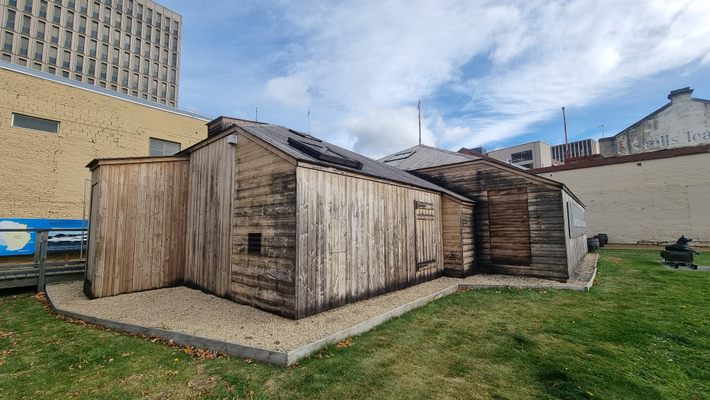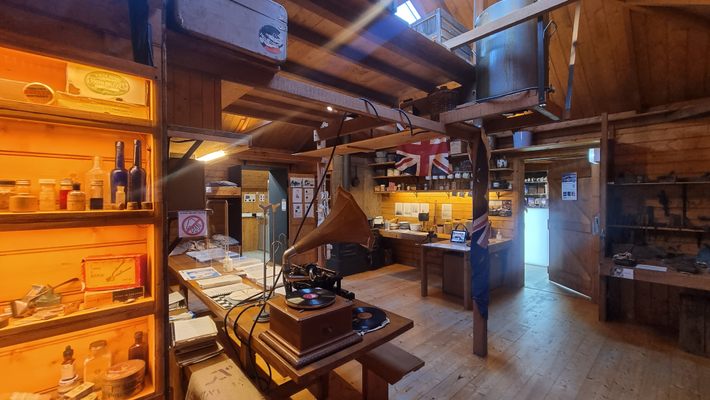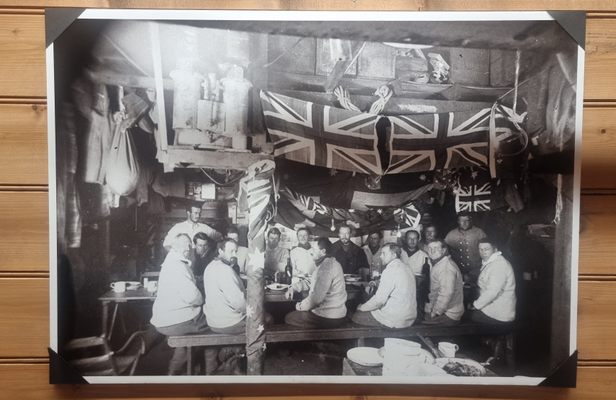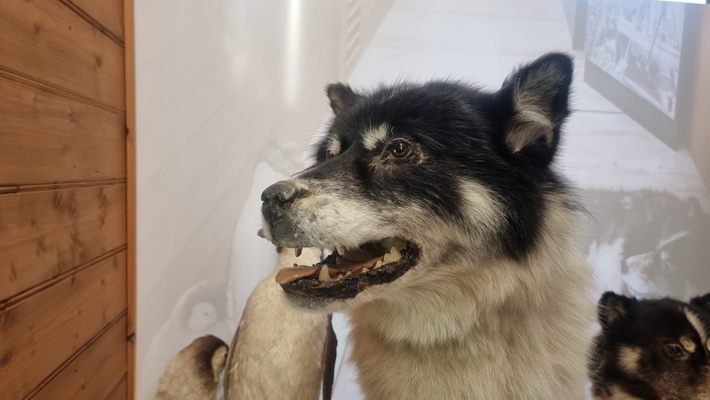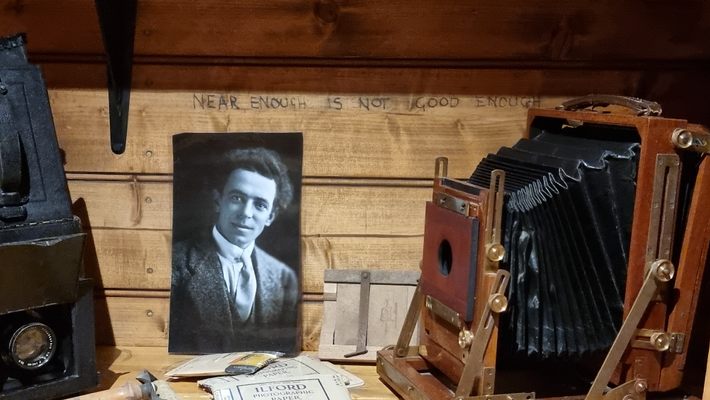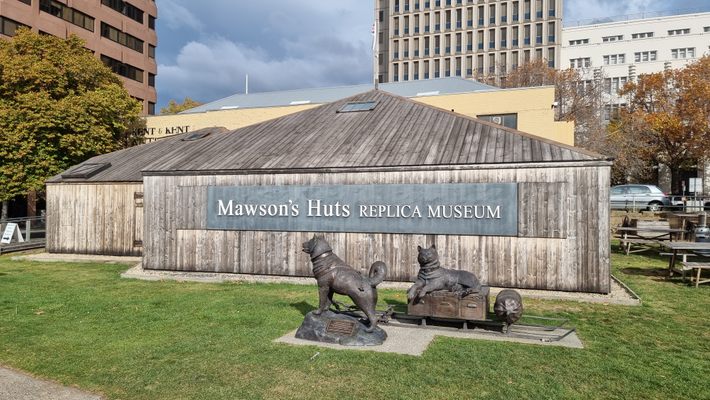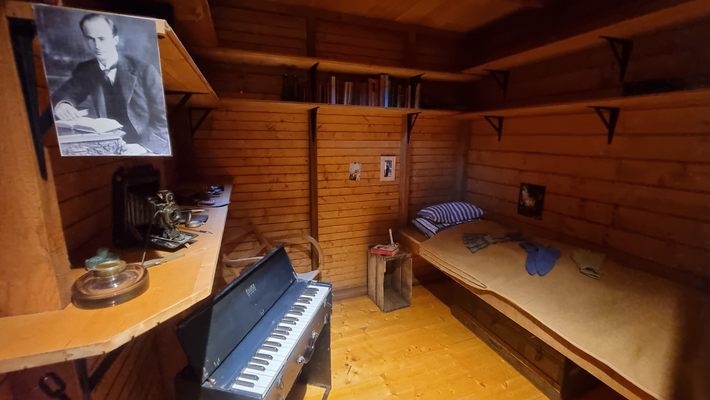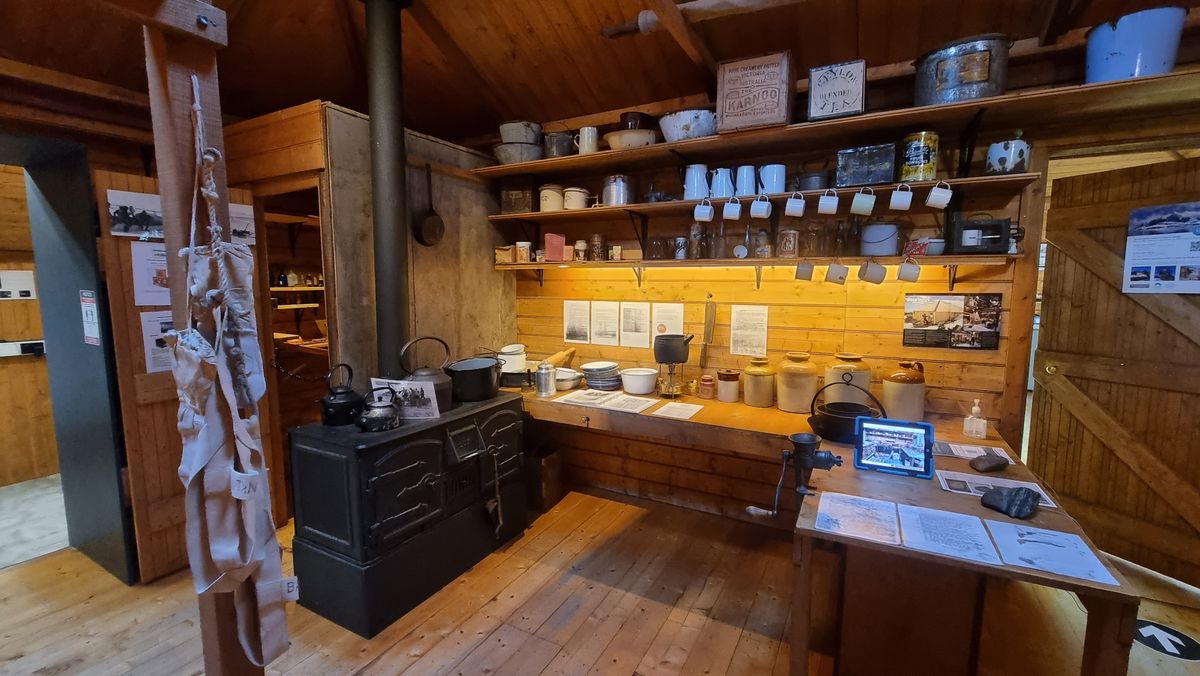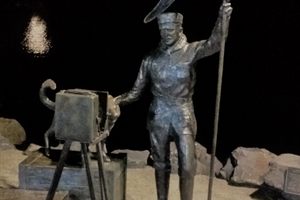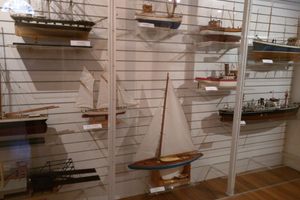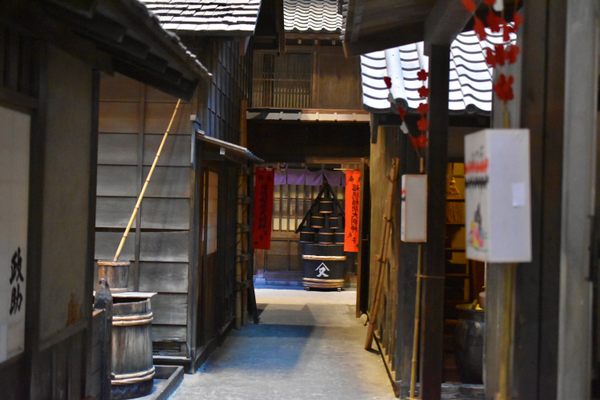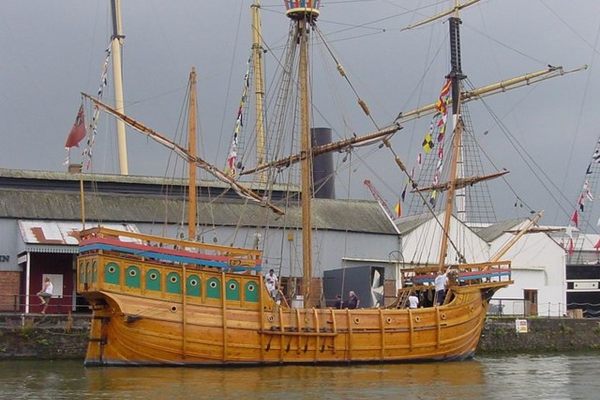About
Squatting among the historical colonial buildings on Hobart’s waterfront is a single-story pine hut guarded by two brass sled dogs. The Mawson’s Huts Replica Museum is, as its name implies, an exact reconstruction of the main research hut built in 1911 on Cape Denison by members of the Australasian Antarctic Expedition, lead by the famed Australian geologist, explorer, and academic Douglas Mawson.
Every detail of the museum, from its cladding to the flooring, has been painstakingly recreated, based on hundreds of photographs and measurements obtained from conservation efforts conducted at the original huts. Even the Baltic Pine used to build the museum was sourced from the same Scandinavian region that provided Mawson with the lumber for his hut over a century ago.
The museum displays artifacts from the so-called "Heroic Age of Antarctic Exploration," an era of scientific and geological breakthroughs carried out on the world’s most isolated continent from the late 19th to the early 20th century. There are information panels on Mawson and his team, as well as on the 12 sled dogs that made their surveying expeditions possible.
As one of the pioneers of the Heroic Age of Antarctic Exploration, Sir Douglas Mawson lead the first expedition to the South Magnetic Pole and was one of the first to ascend Mount Erebus, the southernmost active volcano on Earth. However, he is best known as the leader of the Australasian Antarctic Expedition of 1911-14 and as the sole survivor of the disastrous, three-man surveying expedition, the Far Eastern Party.
On December 14, 1912, the party—made up of Mawson, Lieutenant Belgrave Edward Ninnis, and Xavier Mertz—was heading to the far, unexplored reaches of Victoria Land when Ninnis’s sledge broke through a crevasse. Most of the expedition’s supplies, as well as its strongest sled dogs, were lost with him. Over 300 miles away from base camp, Mawson and Mertz rationed their meager supplies and headed back, resorting to eating the remaining sled dogs as they went. After Mertz reportedly succumbed to the effects of starvation, dysentery, and frostbite, Mawson carried on alone.
On February 8, 1913, Mawson stumbled into base camp, near-death and suffering from hypervitaminosis A, a condition wherein excessive amounts of Vitamin A cause the skin to de-laminate (scientists now believe the condition was brought on by Mawson’s consumption of dog livers). Only six hours before, the ship Aurora had departed Cape Denison after failing to locate Mawson and his team. A relief party of six men stayed behind and nursed Mawson back to health, and the weary explorer was forced to spend another winter on the cape.
Run entirely by volunteers, the Mawson’s Huts Foundation has saved the huts from further deterioration, as well as funded and organized 14 major expeditions to the historic site at Cape Denison.
Related Tags
Know Before You Go
Open 7 days a week, 10am to 3pm.
Admission is $15/adults, $5/children.
All proceeds from ticket and souvenir sales go toward the on-going conservation of Mawson's Huts on Cape Denison, East Antarctica.
Community Contributors
Added By
Published
June 2, 2021
